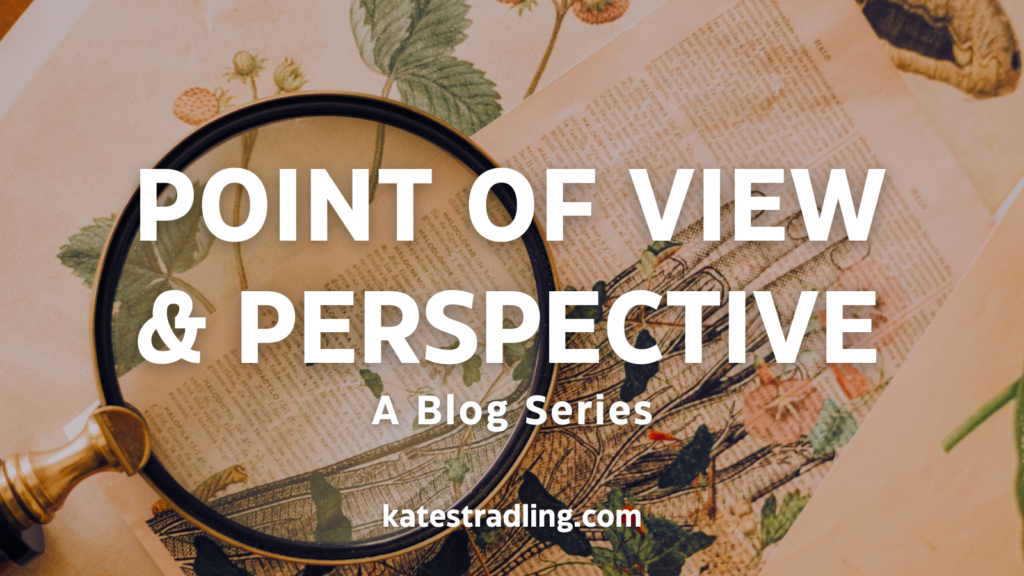
Point of View, the lens through which your Reader experiences your story, is an active feature on every page, and a filter for every other story element. It creates the window to your Characters, Setting, Plot, and Conflict, it establishes your Tone and Style, and when used intelligently, it reinforces your Themes.
It’s also one of the easiest of these story elements to overlook.
As writers, we instinctively default to the POV we’re most comfortable with—1st Person, or 3rd Limited Omniscient, or what have you—and there’s absolutely nothing wrong with that.
However, there’s no “One True” Point of View. Instead, it’s a realm of many options. That built-in versatility makes this story element not only fun to play with, but also a powerful rhetorical device.
Which is exactly what this blog series explores.
Welcome to Point of View and Perspective.
Posts
Point of View Categories
These are the basics, what everyone thinks of in POV discussions. Each article discusses its designated category in depth, with examples from the literary world.
Narration Types
Here we have features that combine with the basics, and sometimes with each other. These POV variables each have strengths and weaknesses and require a degree of writerly finesse.
Narrative Styles and Techniques
This set of articles dives into specific writing methods and structures, a nice inventory of POV building blocks.
- Scenic Method
- Panoramic Method
- Epistolary Style
- Stream of Consciousness
- Free Indirect Speech
- Deep Point of View
- Dual and Multiple POV
- The Frame Story
Choosing a Perspective
Herein we explore considerations when choosing a story perspective—or when determining why a chosen perspective might not work.